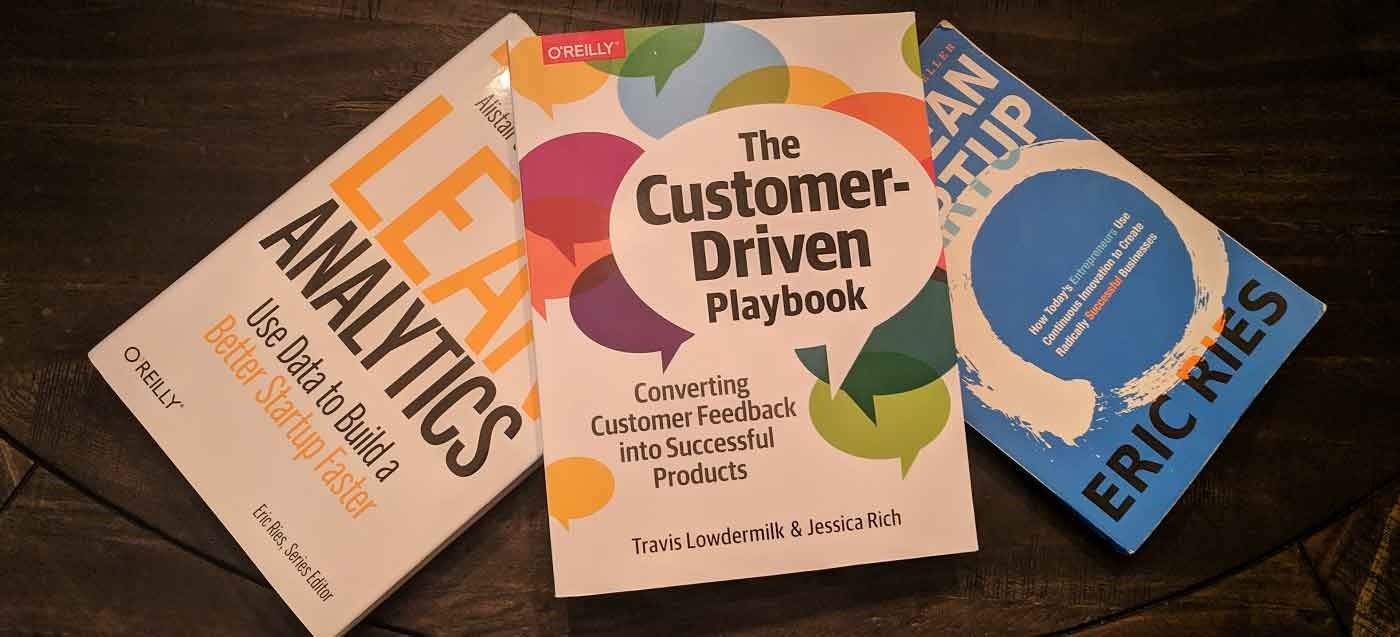I recently took stock of the fact that I have been designing software products and services for over twenty years. While that is indeed an awesome accomplishment I reckon I can measure in years the amount of time I have spent making software that no one currently uses.
Most of this was wasted effort because the product or service are no longer useful or have been replaced by newer better versions. However, on many occasions I created the wrong product (or feature) and no one fully realized that until it was too late.
I distinctly remember my very first project as a Software lead. It was an undiluted disaster!
I was given a simple set of objectives and assigned a couple of devs, and after a few months we had met all the assumed requirements. It was at that point we all realized that no one had taken the time to vet the requirements and in turn we had nobody interested in the feature and all our carefully crafted code was absolutely useless.
Over the years I have gotten better at listening to customers, however, I think Microsoft has really helped me appreciate this process of listening and testing as both art and science.
The Customer-Driven Playbook
I was fortunate enough to spend almost a week learning about the ideas behind customer obsession from Travis Lowdermilk and Dr. Monty Hammontree. The foundation of which is a book called The Customer-Driven Playbook written by Travis Lowedermilk & Jessica Rich. I spent time really groking the need to test (and then retest) every assumption about your customer and your product using the Hypothesis Progression Framework (HPF).
Originally this was designed with four stages where you attempt to define your customer and the customer problems and we used that to help create a set of hypothesis. Now your hypothesis is a loosely held idea that requires verification and validation. So we also practiced creating a set of experiments and questions and engaged real customers and developers to test if our hypothesis were reasonable.
At the conclusion of the course we were asked to make sense of our research and give a real presentation to our leadership team. It was awesome!
There is a momentum within the walls of Microsoft (and the developer division) for this type of customer focused analysis and I am sold on its efficacy.


Comments are closed.